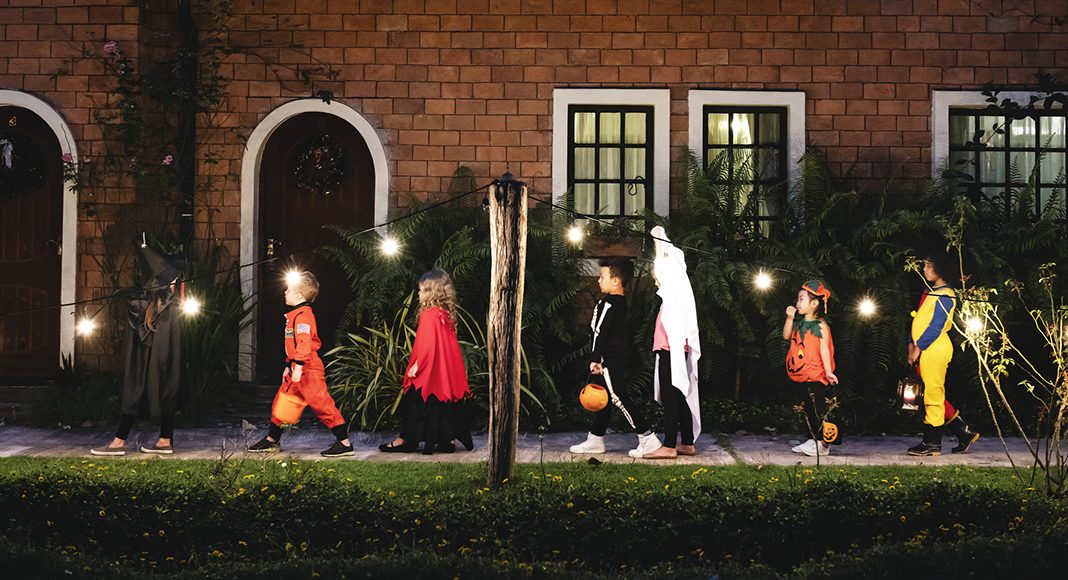Halloween is one of the most exciting days of the year for children but, tragically, October 31 is a dangerous time on the roads for young trick-or-treaters.
Research shows that children are more than twice as likely to be hit and killed by a car on Halloween than on any other day of the year. Of course, there are many more children out on the streets than on a typical evening but there are lots of other factors that put children at increased risk too.
Drivers can help to keep kids safe on the roads this Halloween with the following tips:
- Assume all residential areas will have children on the streets
- Turn on your headlights, even at dusk
- Slow right down (below the posted speed limit)
- Be aware that stopped vehicles in residential areas might be dropping children off
- Take extra care when entering/ exiting driveways and turning corners
- Use your turn signals to indicate your intentions
- Yield to children. Remember that children might be too preoccupied to check whether roads are safe before they cross
- Be prepared for children crossing the road where they shouldn’t, such as behind parked cars
- Avoid any distractions, including mobile phones, interacting with GPS, the radio etc. Give the road your full attention!
- Don’t consume any alcohol if you’re driving; impairment begins below the legal drink-driving limit
Parents/ guardians of trick-or treaters can help keep children safe on the roads with the following tips:
- Ensure children under 12 are accompanied by a responsible adult while trick-or-treating
- Use hazard lights if you’re dropping off or picking up children in your car
- Select costumes for children that are bright and reflective
- Add reflective tape to darker costumes and loot buckets
- Make sure costumes are not a trip hazard, particularly capes and cloaks
- Use face paints instead of masks which can obstruct a child’s vision
- If a child is wearing a mask, ask them to remove it between houses
- Set a good example while accompanying children: walk-don’t run, cross the road at designated places, stay on the path and use well-lit streets
- Carry a flashlight/torch with fresh batteries
- Equip children with glowsticks or flashlights/torches to make them more visible and improve their own visibility
- If you’re allowing older children to go out alone make sure you agree a safe route beforehand and talk about the rules they must follow, including crossing at safe places, looking both ways and listening for traffic



















